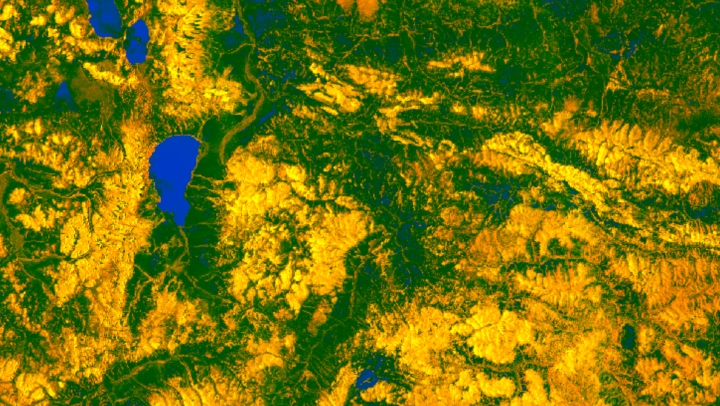Introduction to Synthetic Aperture Radar (SAR)

About Course
Synthetic Aperture Radar (SAR) is revolutionizing how we observe and understand our planet — day or night, through clouds or smoke. Whether you’re intrigued by Earth observation, geospatial intelligence, or advanced surveillance systems, this course offers a foundational yet engaging exploration of SAR technology. With real-world applications spanning agriculture, forestry, oceanography, disaster response, and defense, SAR is a key tool in the arsenal of remote sensing and national security.
This course demystifies the principles of SAR imaging, explains how the technology processes signals to form highly detailed radar images, and reveals how SAR is applied across various sectors. Through a blend of conceptual clarity, visual demonstrations, and practical use cases, learners will gain not just theoretical knowledge but also an appreciation for SAR’s strategic importance in both civilian and defense contexts. Whether you’re a student, engineer, or policymaker, this course is your gateway to understanding and leveraging SAR in the modern world.
Course Content
Introduction
Definition of SAR
00:00Brief history of SAR technology
00:00Overview of SAR applications
00:00